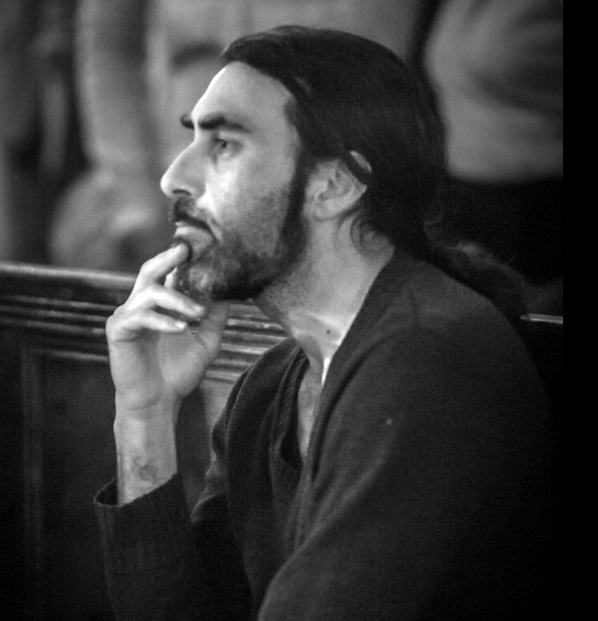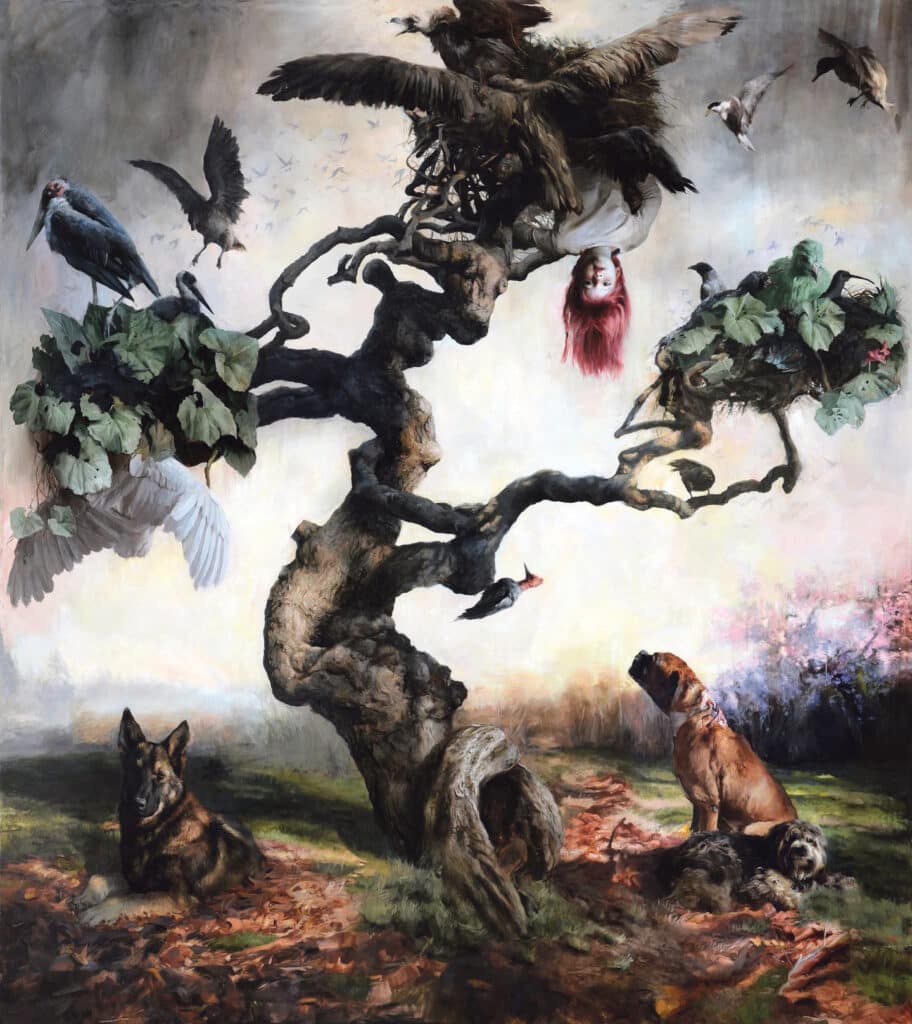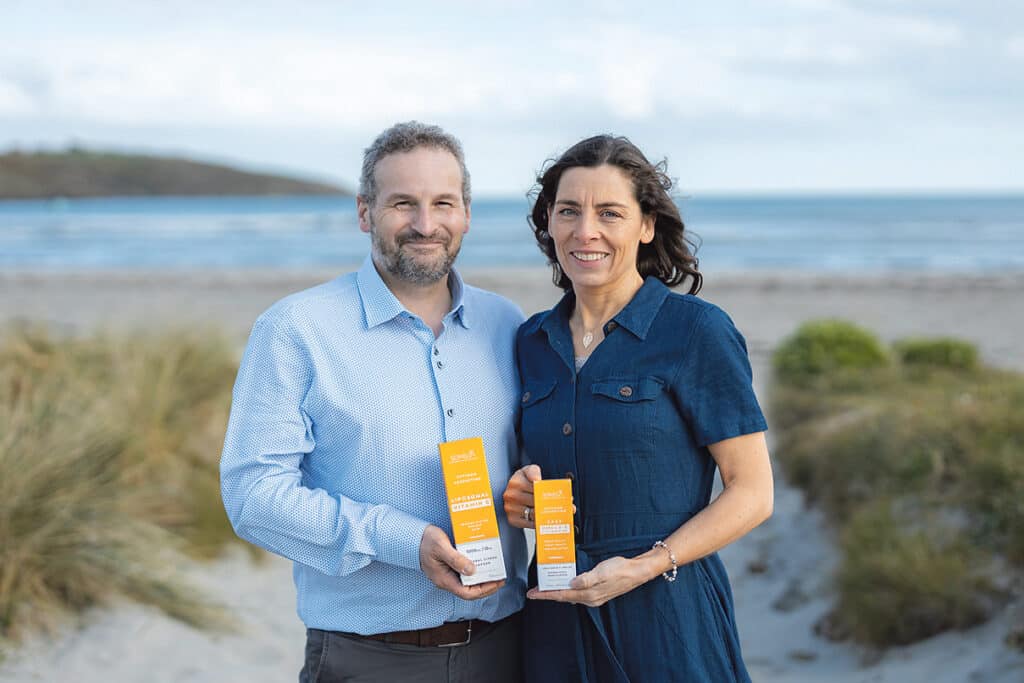
The shape of things
James Waller is an Australian born artist and poet based in West Cork. Through this column James explores the world of art, introducing the reader to major works of art and artists and reflecting on what makes them so engaging.
James offers a range of studio-based courses for children and adults in Classical painting, drawing and printmaking at Clonakilty School of Painting. See www.paintingschool.
jameswaller.org for details.

Of all the young realist painters to have entered the world stage in the last decade, the Chilean, Guillermo Lorca García Huidobro, is certainly the most spectacular. His magic realist fantasies, delivered in oil on a cinematic scale, combine the opulent Baroque world of Peter Paul Rubens with a tropical South American fantasia. His work is a cornucopia of visual delights, an abundant feast worthy of Rubens’ ‘The Feast of Venus’ and a welcome panacea to the anaemic offerings of the exhausted conceptual canon.
Born in 1984, Lorca García Huidobro is easily the most successful of the ‘Nerdrum School’ alumni – those artists who have spent a period of apprenticeship with the Norwegian neo-Baroque Master Odd Nerdrum. The reasons for his success are manifold, and have lead to major exhibitions in Chile, London and Barcelona, including the current three year exhibition at the Moco Museum, as well as representation by renowned gallerist Simon de Pury.
Where the vast majority of Nerdrum School alumni remain hidden in the Norwegian Master’s shadow, both compositionally and thematically, Lorca García Huidobro’s work was, from the beginning, outside of Nerdrum’s imaginative orbit. This is the Chilean painter’s secret: he is the master of his own inner world of images, and a composer of Rubensian power, the dynamic of which eclipses the dark, elemental, earth-bound world of Odd. He is the noon to Nerdrum’s dusk; a swirling satin dress of youth and opulence, to the homespun rags and animal skins which drape Nerdrum’s primordial figures.
Such a comparison is not made to say that Lorca García Huidobro is greater than Nerdrum; far from it. It is to say that they are of different temperaments and worlds, that they are both independent masters of their own authentic inner visions. Lorca García Huidobro’s world is one of dark fairy tales; of fairy-like children juxtaposed with violent beasts, of erotic ‘femme fatales’ in the midst of giant animals of forbidding power, of banquets over-run by dogs, of bed chambers flooded with tigers and swans, all on the scale of a cinema screen.
Nerdrum’s world, by comparison, is peopled by outcasts, wanderers, shamans and survivors in a bleak, twilit landscape redolent of either Iceland or the Middle-eastern desert. His figures, like Lorca García Huidobro’s, are life size, but they do not compete with the denizens of the jungle. Rarely do animals enter Nerdrum’s universe, and then only as close companions to their human keepers.
Lorca García Huidobro also breaks the mould of the ‘Apelles palette’ (if indeed he ever employed it), a palette of sunset colours sacrosanct in Nerdrum circles, which we see employed in the work of late Rembrandt and Titian. In embracing all of nature the young Chilean painter also embraces the entire spectrum of the sun, glorying in startling peaches and blues, dying the hair of girls and beasts at will, employing jade and emerald in fabulous visions of the inner jungle, such as in ‘The Black Dragon’ (2018).
What makes it all so fabulous, apart from the superlative delivery, is Lorca García Huidobro’s powerful, cyclonic approach to composition. In this he is most closely attuned, not to the Rembrandtian Nerdrum, but to Peter Paul Rubens, the most sensuously powerful painter of the Flemish Baroque (1577-1640). Lorca García Huidobro’s ‘The Hunting’ (2013) most directly recalls Rubens’ ‘Tiger, Lion and Leopard Hunt’ (1616), whilst paintings such as ‘The Banquet’ (2014), ‘Laura and the Dogs’ (2012) and ‘The Bird of Paradise’ (2019) echo the cyclonic sweep of Rubens’ ‘The Fall of Phaeton’ (1604) and ‘The Feast of Venus’ (1637).
Where in composition and delivery the young Chilean is comparable to the Flemish Master, he gives a contemporary surrealist twist to his imagery which is far beyond the world of Rubens. In ‘The Hunting’ the animals swirl, bite and writhe in a sea of milk; in ‘Yaksha’s Party’ (2018) a semi-clad Victorian-dressed girl pats the head of a creature with a swan in its jaws, whilst peach coloured baboons scream on the other side of the bed. Here we find the stage design of Velazquez’s ‘Las Meninas’ (1656) in cahoots with Rubens’ ‘Bacchanalia’ (1615).
Lorca García Huidobro’s images are dizzying in their decadence but also clarifying in their power. There is no doubt that Freud would have a field day; in so saying it is the slightly transgressive, juxtapositional elements which make the images so compelling.
It is a painting of comparative quietude, however, called ‘Eternal Life’ (2014) that feels like the Chilean’s most iconic work. Now hanging in the collection of the Museo Nacional de Bellas Artes in Chile, ‘Eternal Life’ presents a twisted, knotty tree, with one dog looking up from below, two others on the ground looking at the viewer, a girl hanging upside down from an eagle’s nest above, and other exotic birds nesting in the branches to the left and right.
On his Instagram page the artist writes of how this work came to him: “While I was observing the tree many images and childhood memories came to my head. I saw abundance, diversity and movement in its branches and from them I saw a girl hanging, perhaps symbolising the archetype of the “hanging,” maybe just having fun or maybe playing the game of death.”
The composition is constructed on the lines of a spiral, or a clock, with its fulcrum a knot in the lowest branch of the tree. Its compartments are in perfect tension, the upside down girl with red-dyed hair looking at us, or past us, asking us to view the world from a different angle, to refresh our vision. To this end the artist succeeds.


